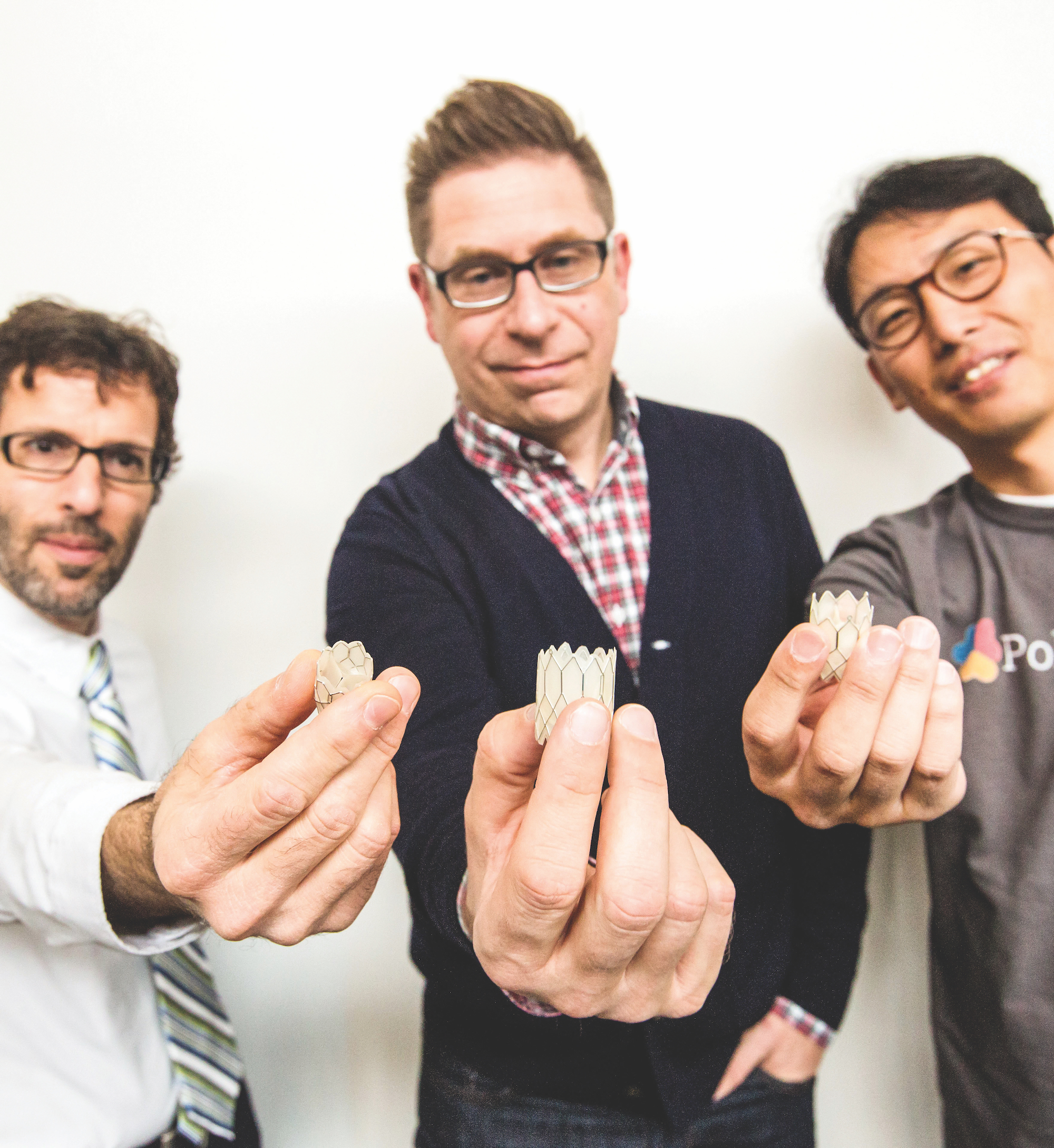Congenital heart disease, the most common birth defect, can affect the heart’s walls, valves and arteries.
The biggest problems associated with treating congenital heart disease are the limited availability and poor durability of replacement heart valves, said Henri Justino, M.D., director of the Charles E. Mullins Cardiac Catheterization Laboratories at Texas Children’s Hospital.
 Very few options exist for young children with congenital heart disease, he said. Currently, doctors replace valves using homograft valves from human baby cadavers.
Very few options exist for young children with congenital heart disease, he said. Currently, doctors replace valves using homograft valves from human baby cadavers.
“This means another baby has to die and donate their valve,” said Justino, an associate director of pediatric cardiology at Baylor College of Medicine. “There are not a lot of babies who die and donate their tissue.”
And that baby would have had to die without a major disease, infection or trauma.
This reality prompted Justino and two other researchers to start developing synthetic valves that could fit tiny hearts of varying sizes. Justino teamed up with Daniel Harrington, Ph.D., assistant professor at The University of Texas Health Science Center at Houston, and Kwon Soo Chun, Ph.D., a pediatric cardiology instructor at Baylor, to form a company called PolyVascular. They recently participated in the TMC Innovation Institute’s TMCx medical device accelerator.
The medical device startup creates valves that can be scaled to a range of diameters. Valves for newborns and young children need to be as tiny as 8, 10 or 11 millimeters.
“There are basically no manufactured valves of that size,” Justino said.
The current procedure to replace heart valves with other human valves is similar to an organ transplant, in that the patient has to take anti-rejection medication and the patient’s immune system must accept the new tissue.
Not only can anti-rejection medication jeopardize a patient’s chance for future transplants, but the replacement valves could weaken over time, creating the need for another open-heart surgery.
“Now you are exposed to yet another human valve,” Justino said. “A person could end up being so sensitized to tissue that if they needed to have an organ transplant, they may not be eligible.”
The standard way to build replacement valves involves hand-sewing human or animal tissue around a frame. These are mostly crafted for adult heart valves, so surgeons with tiny patients often end up retrofitting the valves to fit individual bodies.
PolyVascular’s idea is to change the manufacturing paradigm to make valves in small sizes, without human or animal tissue.
Read More at the Source: Tiny Valves for Tiny Bodies – TMC News